Who we are
OSHA SAFETY TRAINING CENTER was established in 2022 with the purpose of operation business regarding the Safety Training, Safety Auditing Safety Inspection, Safety Consultation and Safety Compliance “ISO” to any companies interested.
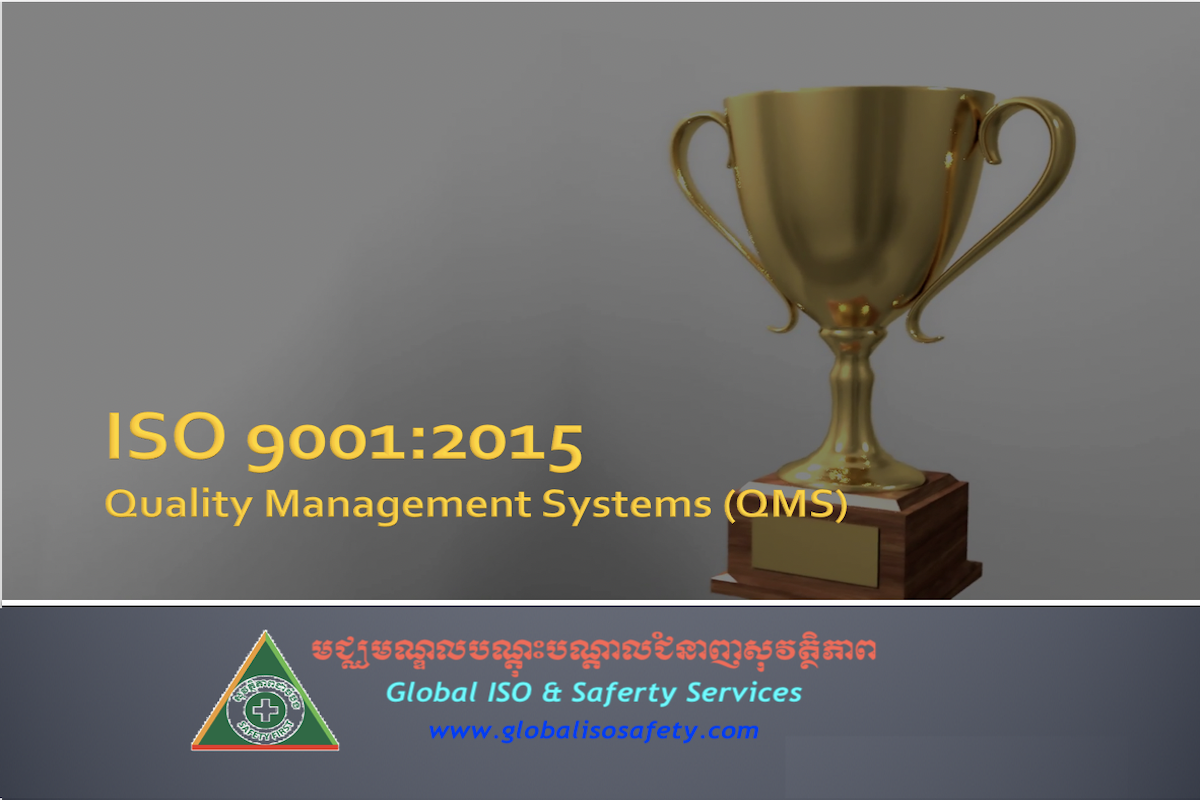
ISO 9001:2015 - Quality Management System
What Is ISO 9001:2015? ISO 9001:2015 sets out the criteria for a quality management system (QMS) and is the only standard in the ISO 9000 series that can be certified to (although this is not a requirement). It can be used by any organization, large or small, regardless of its field of activity. This QMS has been proven to help managers feel more in control of the work done and feel safer in terms of It is a work cycle that is based on a Plan-Do-Check-Act methodology (PDCA cycle), which is necessary for continuous improvement. Benefits Of ISO 9001 ISO 9001 helps organizations ensure that their customers consistently receive high quality products and services, which in turn brings many benefits, including customer satisfaction, increased revenue, employee commitment, better documentation and improved processes. Because ISO 9001 specifies the requirements for an effective quality management system, organizations find that using the standard helps them to: Organize a QMS Have satisfied customers and employees and have good management Continually improve their processes Save costs.

ISO 45001:2018 - Occupational Health and Safety Management
Employees are the driving force for your organizational development, and without them you cannot achieve your goals. Maintaining a healthy work environment is essential to maintain the health of your employees so that they will be more willing to work. ISO 45001: 2018 is the key to doing this; it helps organizations improve Occupational Health and Safety (OHS) by eliminating risks and reducing worker-related risks. As well as related health impacts in the long run. This system provides an approach on how to develop a safety culture within your organization by following the ISO standard and involving the employees in identifying business process risks. This will lead to an increase in the loyalty of employees and employee retention, which will result in an increase in the productivity. In addition, ISO 45001: 2018 assists in the evaluation of products/services supplied that may have an impact on the occupational health and safety. Benefits Of Using ISO 45001? The development and execution of an OH&S strategy and priorities for OH&S Establish systemic processes that take into account its “context” and its risks and opportunities and its legal and other requirements Determining the threats and OH&S risks associated with its operations; trying to reduce them or enforcing controls to mitigate their possible impacts. Establishing operational controls for the management of its OH&S risks and its legal and other criteria.
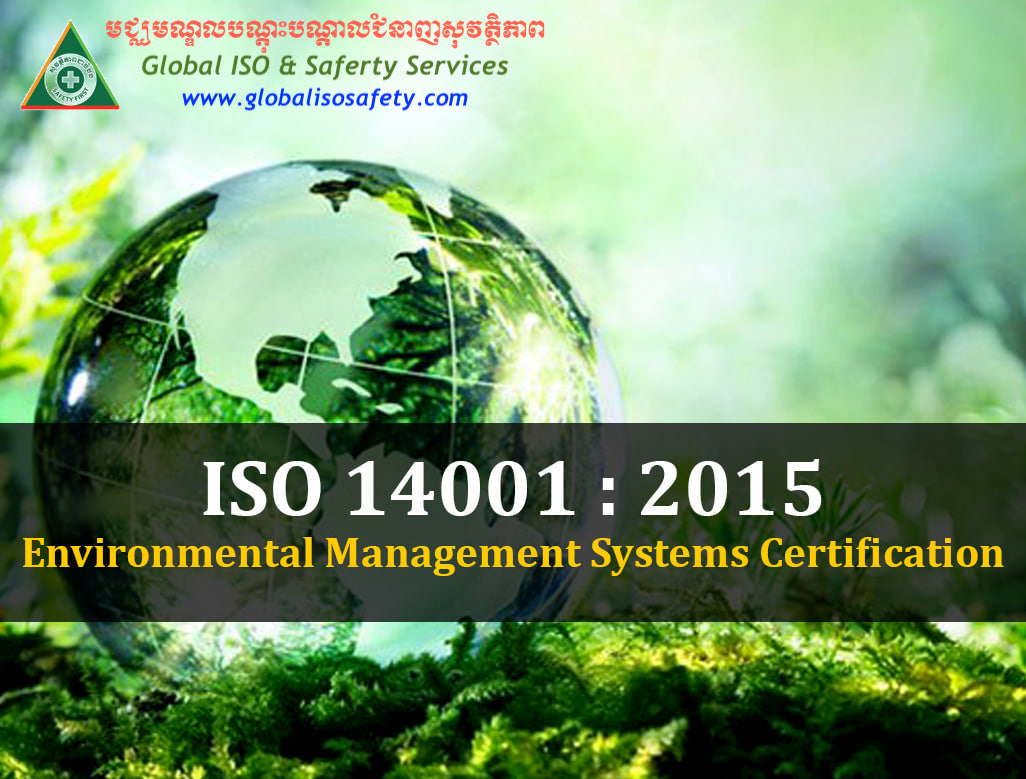
ISO 14001:2015 - Environmental Management System
ISO 14001:2015 identifies the environmental management system requirements that can be used by a company to improve its environmental performance. Environmental Management System is meant to be used by organizations that aim to manage their environmental responsibilities in a systematic manner so that they contribute to the environmental sustainability. ISO 14001:2015 assists an organization in achieving the intended outcomes of its environmental management system, which generates value for the company itself and its stakeholders. In accordance with the environmental policy of the company, the intended outcomes of an environmental management system include the following. Benefits Of ISO 14001:2015 Identify cost savings with greater focus on the control of money, waste and electricity. Establish the reputation and credibility of companies Quantify, monitor and govern the environmental effects of activities now and in the future. Ensuring consideration of regulations and enforcement Improvement of the supply chain’s environmental efficiency

ISO 22000:2018 - Food Safety Management System
The ISO 22000:2018 certification encompasses all of the food chain processes that influence the end product’s protection. As well as integrating the elements of Good Manufacturing Practice (GMP) and Hazard Analysis Critical Control Points (HACCP), the standard defines the criteria for a robust food safety management system. A single food safety standard is created by ISO 22000:2018 that harmonizes the different national standards into one easy-to-understand set of specifications that are easy to enforce and accepted around the world. All entities in the food supply chain, from farming to food services, manufacturing, transport and storage via packaging to retail, should use this globally recognised food safety standard.
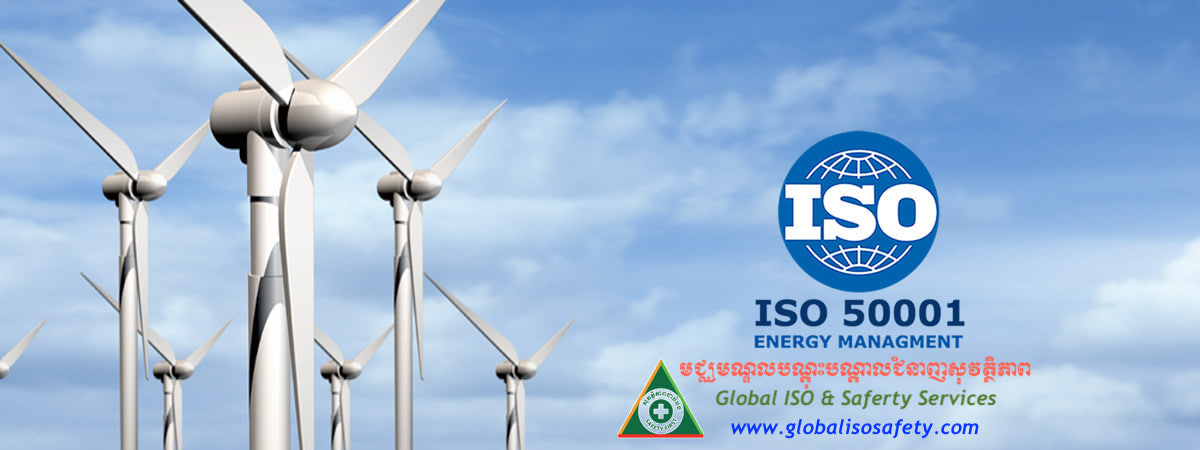
ISO 50001:2018 - Energy Management System
ISO 50001 Energy Management System Certification offers a structure for setting up best practices in energy management to help companies improve their energy efficiency and by implementing the ISO 50001, make a return on investment. The norm helps organizations to set up the appropriate systems and processes for enhancing energy output, including energy quality, usage and consumption. Benefits Of ISO 50001 Energy reduction of up to 10% for the first 12 months Reduced emissions of greenhouse gases (GHG) and carbon footprints Internationally accepted universal standard Assist in achieving existing and future voluntary and/or mandatory goals for energy conservation Enhanced corporate image and credibility among clients, consumers and stakeholders Educated processes of decision-making from system design to operation and maintenance
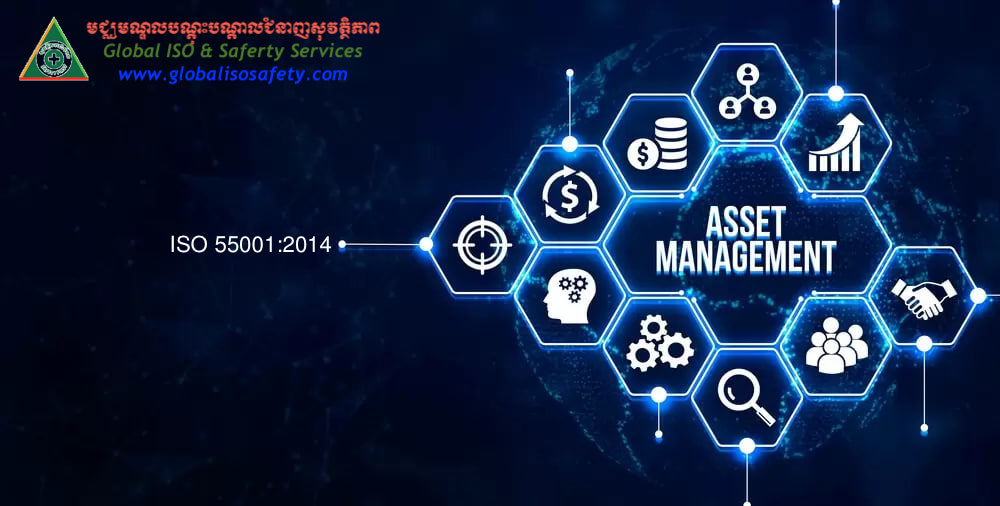
ISO 55001:2014 - Asset Management System
ISO 55001 was published in January 2014 and sets out basic criteria not only for the implementation and preservation of an asset, but also for the enhancement of that asset through an asset management framework. This builds on PAS55, which has an established track record in the utility industries in particular. ISO 55001 is intended to extend this strategy to other markets, enabling all organizations to benefit from it. It is intended to provide an Asset Management System (AMS) with structure and direction for risk management and reduction, while benchmarking performance in all sectors and enhancing financial performance in line with organizational growth strategies. Benefits Of ISO 55001:2014 Enhanced financial results Competent investment decisions on assets Successful centralized control of risks Improved resilience and continuity Enhanced services and results Demonstrated social liability Demonstrated compliance with regulations Strengthened integrity Improved satisfaction for customers and stakeholders Enhanced sustainability of enterprise Enhanced effectiveness and performance
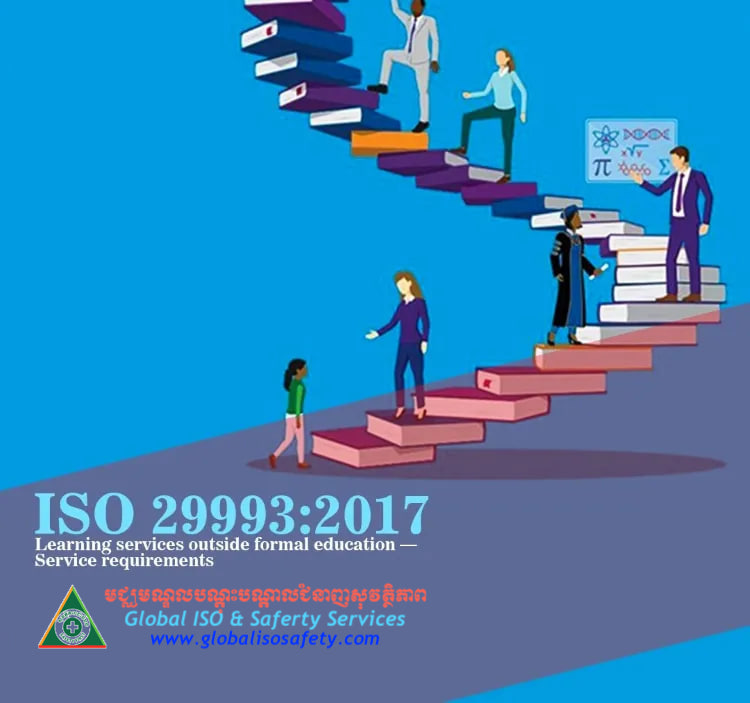
ISO 29993:2017 - Learning Services Outside Formal Education
ISO 29993:2017 specifies requirements for learning services outside formal education, including all types of life-long learning (e.g. vocational training and in-company training, either outsourced or in-house). These include any learning services provided by a learning service provider (LSP) that are addressed to learners themselves, as well as to sponsors who are acquiring the services on behalf of the learners. The key features of these kinds of services are that the goals of learning are defined, and the services are evaluated, and that they involve interaction with the learner. The learning can be face-to-face, mediated by technology, or a blend of both. ISO 29993:2017 is not intended as part of a structured education framework for schools, colleges and universities offering learning facilities, but it can be useful for them as a forum for reflection and self-evaluation. Beyond the formal national education system, today’s information economy needs complex training and learning facilities. The new standard aims not only to help suppliers develop their quality, but also to provide the international market with recognition and reputation.

ISO 29994:2021 - Education and Learning Services
Education and learning services — Requirements for distance learning, ISO 29994 compliance will assist learners in selecting learning programs that are relevant to their goals and objectives. People must continue to acquire new skills and expertise in their professional and personal lives in a globalized and rapidly changing knowledge-based economy.

ISO 21001:2018 - Education Organizations Management System
ISO 21001:2018 specifies requirements for a management system for educational organizations (EOMS) when such an organization: needs to demonstrate its ability to support the acquisition and development of competence through teaching, learning or research; aims to enhance satisfaction of learners, other beneficiaries and staff through the effective application of its EOMS, including processes for improvement of the system and assurance of conformity to the requirements of learners and other beneficiaries. All requirements of ISO 21001:2018 are generic and intended to be applicable to any organization that uses a curriculum to support the development of competence through teaching, learning or research, regardless of the type, size or method of delivery. ISO 21001:2018 can be applied to educational organizations within larger organizations whose core business is not education, such as professional training departments. ISO 21001:2018 does not apply to organizations that only produce or manufacture educational products. From pre-school to university, to vocational training and coaching, the world of learning is constantly changing and evolving. As the trend to move away from the traditional customer-supplier relationship towards a collaborative partnership grows, so, too, do learners’ expectations. Learning providers now need to adapt to these new ways of working, while at the same time providing a high level of service.
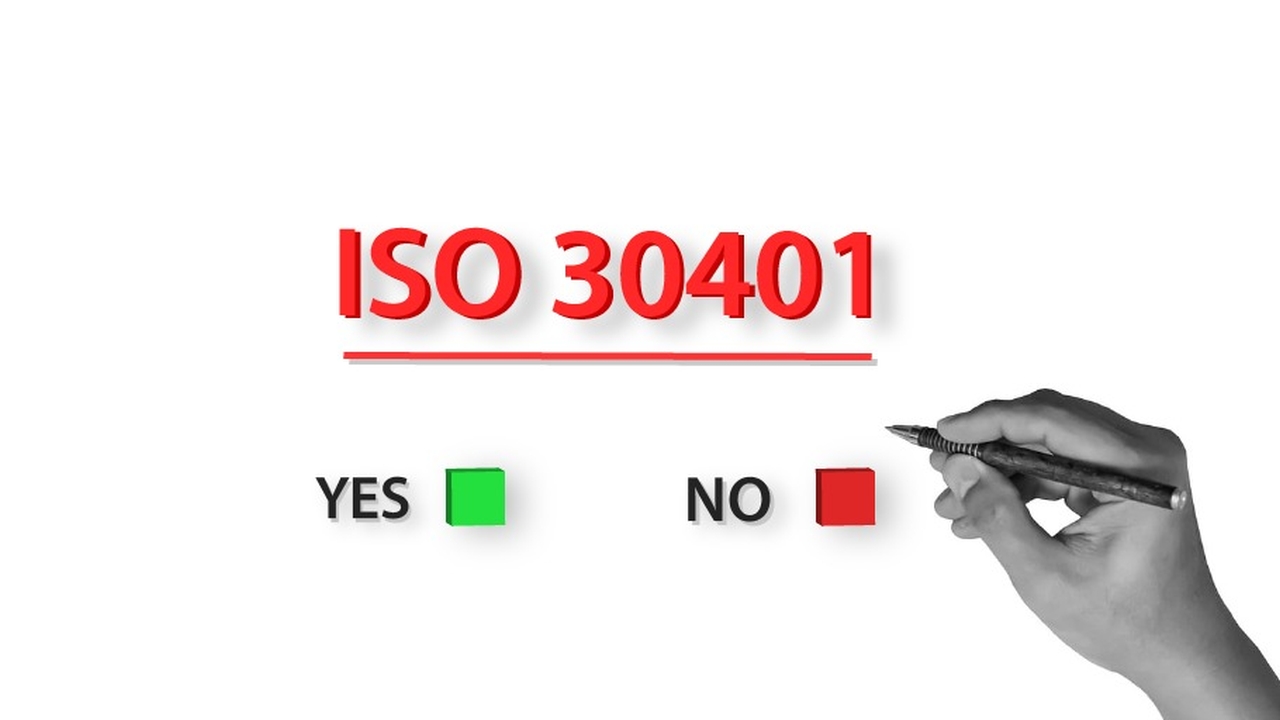
ISO 30401:2018 - Knowledge Management System
Certification for Knowledge Management (KM Standard) ISO 30401:2018 is for organizations who want to step forward in knowledge management excellence. This standard is also very important to those companies that are already ISO 9001 Quality Management Standard accredited and would now like to better manage their knowledge of the organization. The ISO 30401 standard describes the procedures for establishing, maintaining and improving the system for Knowledge Management in an organization.
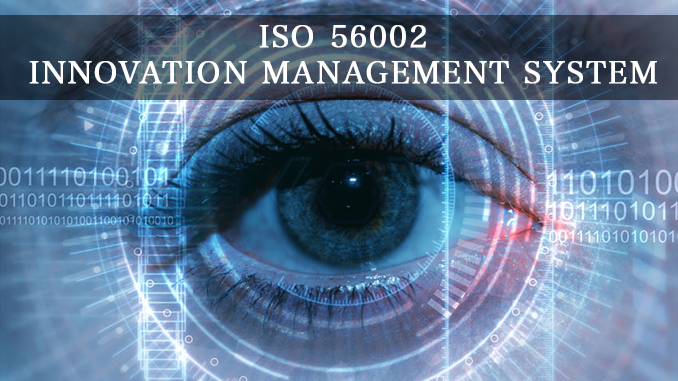
ISO 56002:2019 - Innovation Management System
With the typical High-Level Structure (HLS) of ISO Management System Specifications, the latest ISO 56002 Guidance on Innovation Management is written. It allows various ISO management systems to be combined. In 2015, ISO 9001 introduced this structure and when you look at tasks such as setting targets, collecting data and evaluating data, they are easily integrated, as is the vast majority of the Innovation Norm.
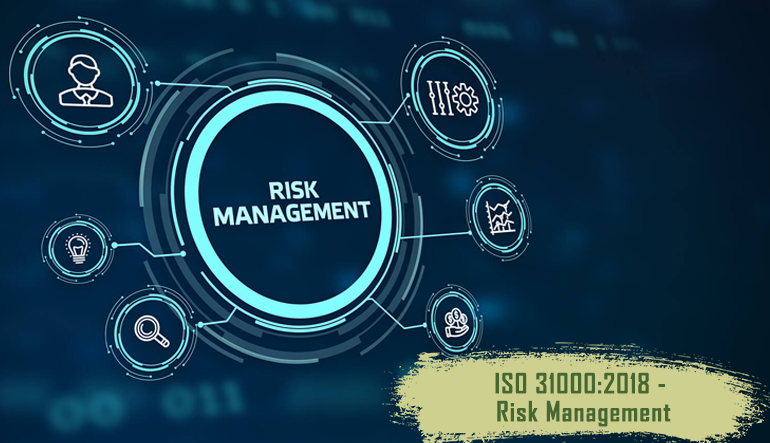
ISO 31000:2018 - Risk Management
ISO 31000:2018 Risk Management is an international standard that helps organizations with risk analysis and risk assessments by specifying comprehensive principles and guidelines. It is applicable to most business activities, no matter how small or big the organization is. The main advantage of complying with the ISO 31000:2018 standard is improving the management techniques by providing a common approach to manage any type of risk, and ensuring safety and security in the workplace. As an organization, by complying with the ISO 31000:2018 requirements you can increase your operational efficiency, governance, and stakeholder confidence while minimizing losses. Risk management ensures that an organization is aware of and understands the risks it confronts. Risk analysis can help you predict problems, and by incorporating risk analysis into important business processes, one can commit to activities that either prevent or respond to predicted problems. The objective of the ISO 31000:2018 Risk Management is to identify, analyze, quantify and manage information (security-related) risks to achieve business objectives through a number of tasks. Risk management is a process aimed at achieving an optimal balance between realizing opportunities for gain and minimizing vulnerabilities and loss. This is usually accomplished by ensuring that the impact of threats exploiting vulnerabilities is within acceptable limits at an acceptable cost. Therefore, ISO 31000:2018 can effectively assist organizations in performing well in an uncertain environment. The benefits of ISO 31000:2018: Focus on objectives Lower costs Risk-aware culture Enhanced reputation Turning risk into opportunity Excellent scalability Aligns well with other standards
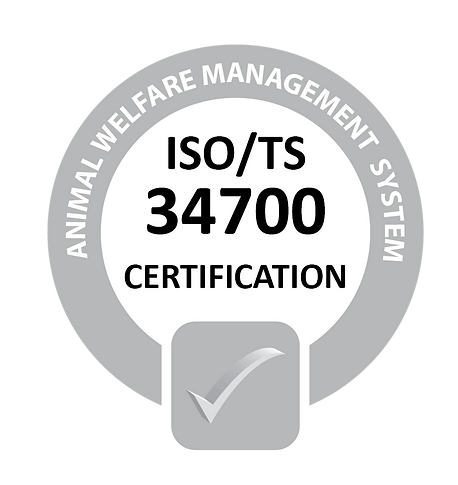
ISO/TS 34700:2016 - Animal Welfare Management System
As animal welfare is becoming increasingly important in society, ISO/TS 34700:2016 defines the requirements and guidelines for implementing the animal welfare principles. ISO/TS 34700:2016 covers terrestrial animals that are bred or kept for the purpose of producing food or feed. ISO/TS 34700:2016 covers five freedom aspects of animal welfare under human control, which are listed below: Freedom from hunger, malnutrition and thirst Freedom from fear and distress Freedom from physical and thermal discomfort Freedom from pain, injury and disease Freedom to express normal patterns of behaviour This standard is intended to assist users in conducting gap analysis and building animal welfare plan that is aligned with the OIE TAHC.
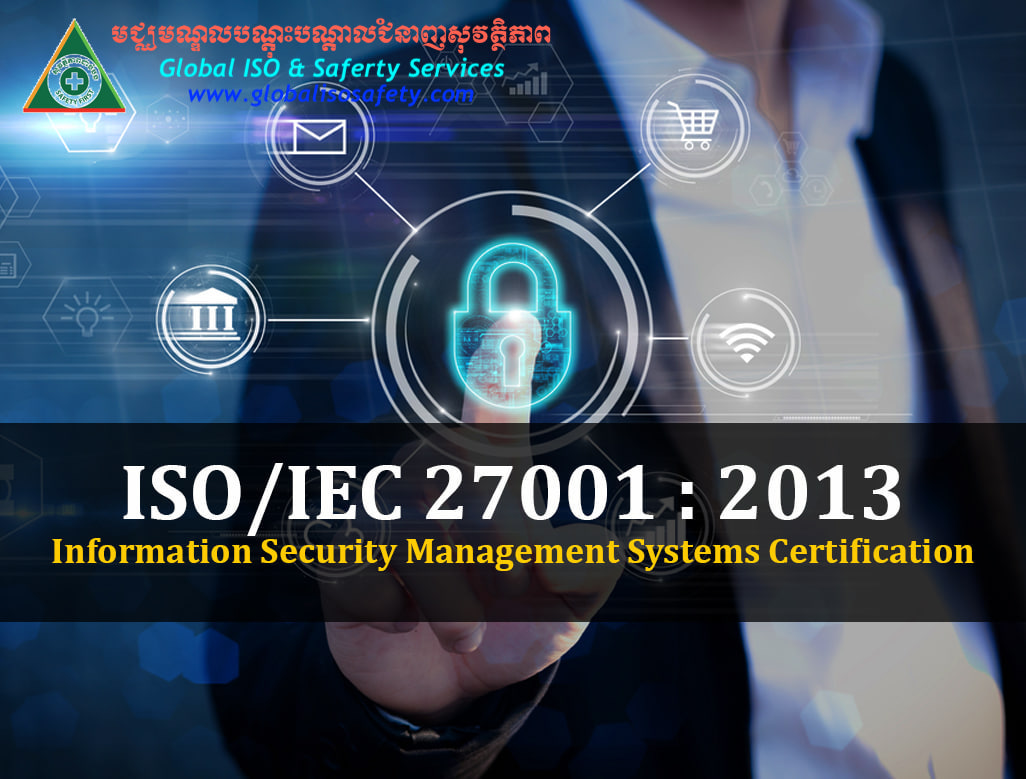
ISO/IEC 27001:2022 - Information Security Management System
Benefits Of ISO 27001 Retains the confidentiality of sensitive information Provides confidence in how you handle risk to clients and stakeholders Enables healthy exchange of information Helps you comply (e.g. SOX) with other regulations Provide a competitive value for you Enhanced customer satisfaction which improves the retention of customers Consistency of the service or product delivery Manages and minimizes exposure to risks Builds a security culture

ISO/IEC 20000-1:2018 - IT Service Management System
The international quality control standard primarily based on IT Service Management is ISO 20000-1. A collection of standardised specifications for an IT service management system (SMS) is given by ISO 20000-1:2018 (the new edition of ISO 20000-1). It is important that both your internal and external IT services are compatible with the needs of your company and customers, considering how vital IT is to organizations. Benefits Of ISO 20000-1 Reduction in accidents and better handling of injuries Enhancement of brand reputation and legitimacy Adoption of an automated IT service delivery process Reduction in IT service response times and interruptions Enhanced cost management, contributing to financial gains A culture of continuous growth Greater awareness of functions and company priorities Ensuring consideration of regulations and enforcement
WHYCHOOSE OSHA SAFETY?
Scope of Business Administration System
The quality manual of OSHA SAFETY is used as guideline for the whole organization, covering the process of distribution and performing to be satisfied by the client and or main contractors.
Quality Management System Policy
OSHA SAFETY has quality policy for all staff to know, we are committed to work in accordance with company quality management system following “Committed provided with the best of
quality on time to ensure the client and or main contractor satisfaction”
WANT TO
certify iso
US?
CONTACT US
+855 (0) 77 738 821
+855 (0) 88 866 6787
Info@globalisosafety.com
oshasafetyt@gmail.com
ADDRESS:Phnom Penh, Cambodia.